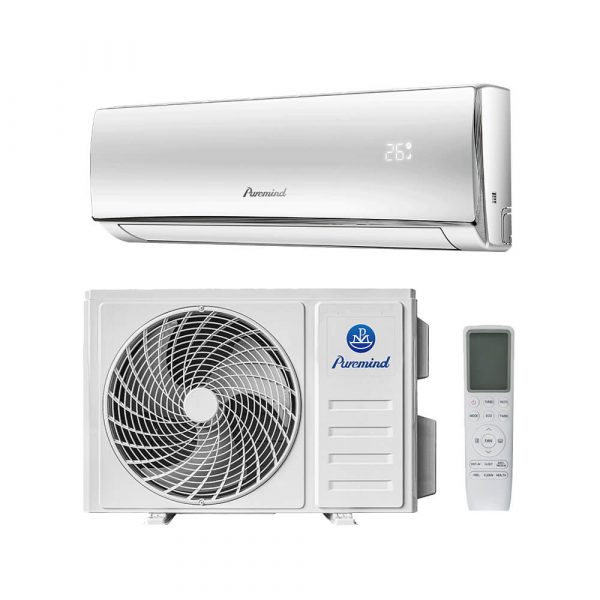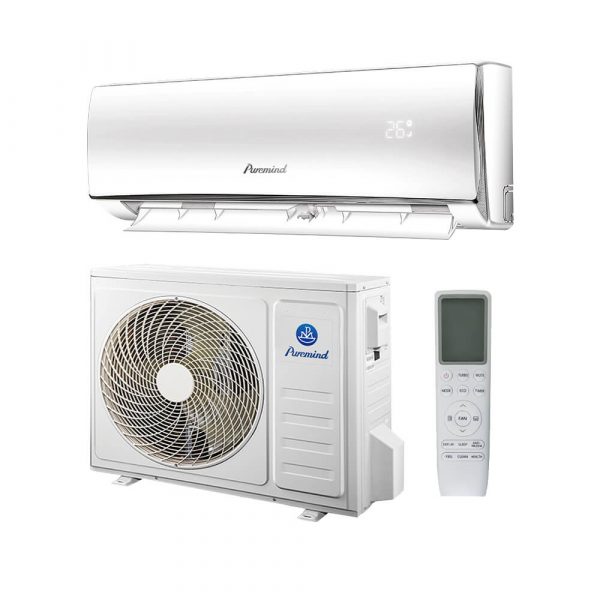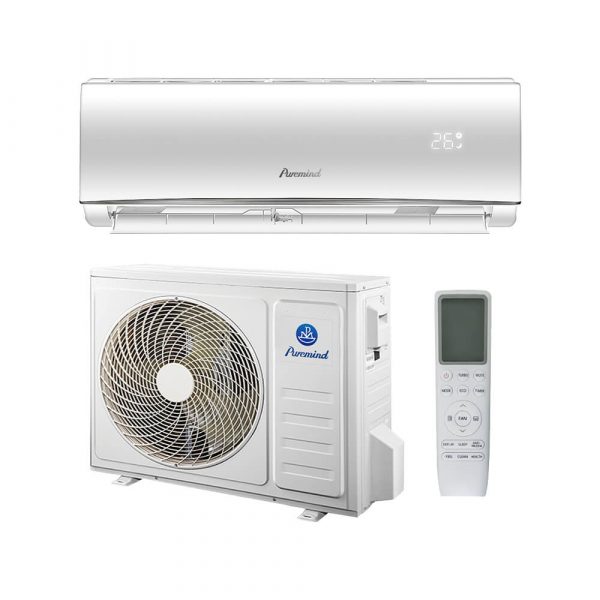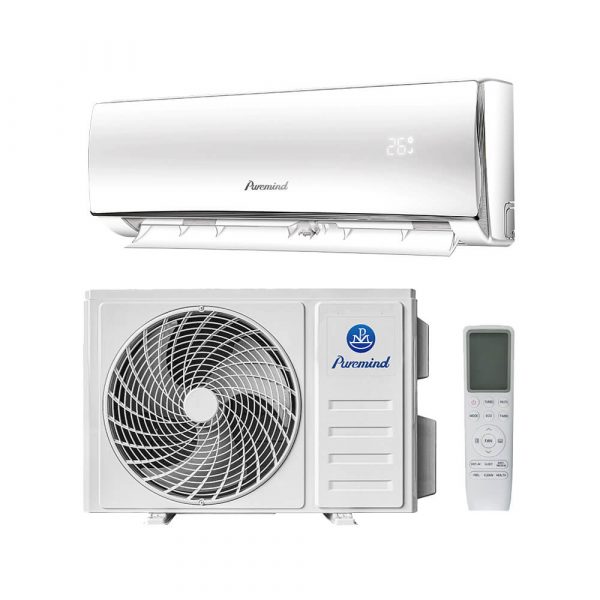Marine Split System Air Conditioner: Full Guide for Boats and Yachts
Keeping a vessel comfortable in varying climates requires more than just a standard air conditioning solution. For many boat and yacht owners, the marine split system air conditioner offers a highly efficient, low-noise, and space-saving cooling option tailored specifically for marine environments. In this article, we’ll explore how marine split systems work, their unique advantages, installation considerations, and how they compare to other marine HVAC options.
What Is a Marine Split System Air Conditioner?
A marine split system air conditioner is a ductless, two-part cooling system designed specifically for boats, yachts, and ships. It consists of:
- Indoor evaporator unit: Mounted inside the cabin to distribute cool air
- Outdoor condenser unit: Typically installed in the engine room or hull, expelling heat to the sea or air
The two units are connected by insulated copper refrigerant lines and power cables, allowing for flexible placement and quieter operation in living areas.
How Does a Marine Split AC Differ from Residential Models?
While similar in concept to household mini split systems, marine split AC units are specially designed to withstand harsh marine conditions. Differences include:
- Corrosion-resistant materials (e.g., stainless steel hardware, epoxy-coated components)
- Compact, vibration-resistant construction for operation on moving vessels
- Cooling circuits that use seawater or external air for heat exchange
- Low-noise fans and compressors for improved onboard comfort
How Does It Work?
The working principle is based on the refrigeration cycle:
- The indoor unit draws warm cabin air and passes it over the evaporator coil, where refrigerant absorbs heat.
- The warmed refrigerant is pumped to the condenser unit, which uses air or seawater to expel the heat outside the cabin.
- The cooled refrigerant returns to the indoor unit to repeat the process, maintaining a consistent indoor climate.
Some advanced marine AC systems include reverse-cycle heating, allowing the same unit to provide warm air during colder conditions.
Benefits of Marine Split System Air Conditioners
1. Quiet Operation
Because the compressor is housed separately from the cabin, marine split ACs operate quietly—essential for restful sleep and comfort during voyages.
2. Flexible Installation
The split design allows the bulky compressor to be placed away from living quarters, optimizing space usage and reducing noise.
3. Energy Efficiency
Many marine split units use inverter technology that adjusts compressor speed to cooling demand, saving energy and prolonging equipment life.
4. Improved Air Quality
Built-in air filters help remove dust, allergens, and moisture from the cabin air—reducing humidity and mildew risks onboard.
5. Marine Durability
Units are built to handle saltwater corrosion, engine room temperatures, and high humidity—ensuring long-term performance at sea.
Ideal Applications
Marine split system ACs are ideal for:
- Sailing yachts and motor yachts
- Fishing vessels and commercial boats
- Houseboats and liveaboard crafts
- Luxury cruisers and charter boats
Air-Cooled vs. Water-Cooled Marine Split Systems
| Feature | Air-Cooled Marine AC | Water-Cooled Marine AC |
|---|---|---|
| Cooling Medium | Ambient air | Seawater through heat exchanger |
| Efficiency in Hot Climates | Lower | Higher |
| Installation Complexity | Simpler | Requires water pump and strainer |
| Noise Levels | Moderate | Lower |
Installation Considerations
When installing a marine split air conditioner, consider the following:
- Compressor location: Place in a dry, well-ventilated area with vibration dampening
- Drainage: Ensure proper condensate drainage from the evaporator unit
- Seawater intake (if water-cooled): Install filters and strainers to prevent clogging
- Electrical supply: Verify voltage compatibility and surge protection
- Access for maintenance: Leave room around both units for inspection and service
Maintenance Tips for Longevity
- Clean air filters monthly to prevent airflow blockage
- Inspect refrigerant lines for leaks or corrosion annually
- Flush seawater circuits periodically to avoid calcium build-up
- Check for unusual noises or vibrations while underway
- Service professionally before each sailing season
Typical Costs
Costs vary based on vessel size and cooling needs. Here’s a general breakdown:
- Small boats (8,000–12,000 BTU): $1,200 – $2,500
- Mid-sized yachts (16,000–24,000 BTU): $2,500 – $4,500
- Installation costs: $500 – $2,000 depending on complexity
Where to Buy Marine Split System Air Conditioners
Looking for reliable, corrosion-resistant marine HVAC systems? Explore Puremind’s line of split air conditioners—engineered with high-performance components suitable for marine and offshore environments.
Frequently Asked Questions
Q: Can a marine split AC run on shore power?
Yes, most units are designed to operate on standard marine shore power connections (e.g., 110V or 220V).
Q: How do I choose the right BTU rating?
Measure the cabin’s square footage and consult the manufacturer’s sizing guide—typically 16,000 BTU covers 600–800 ft².
Q: Are inverter marine ACs worth it?
Yes, inverter systems provide quieter and more energy-efficient cooling, ideal for long voyages or charter operations.
Q: Can I DIY install a marine split AC?
It’s possible for skilled boat owners, but professional installation is recommended for optimal seawater pump routing, wiring, and system balancing.
Conclusion
The marine split system air conditioner provides an efficient, quiet, and space-saving climate control solution for vessels of all sizes. Designed to endure harsh marine conditions while delivering optimal comfort, it’s a smart investment for boat owners seeking year-round performance. From luxury yachts to hardworking fishing vessels, this system adapts to your lifestyle and ensures a cool journey—wherever the water takes you.
Ready to upgrade your onboard climate? Browse Puremind’s marine-grade split air conditioner systems and sail in comfort with every voyage.







